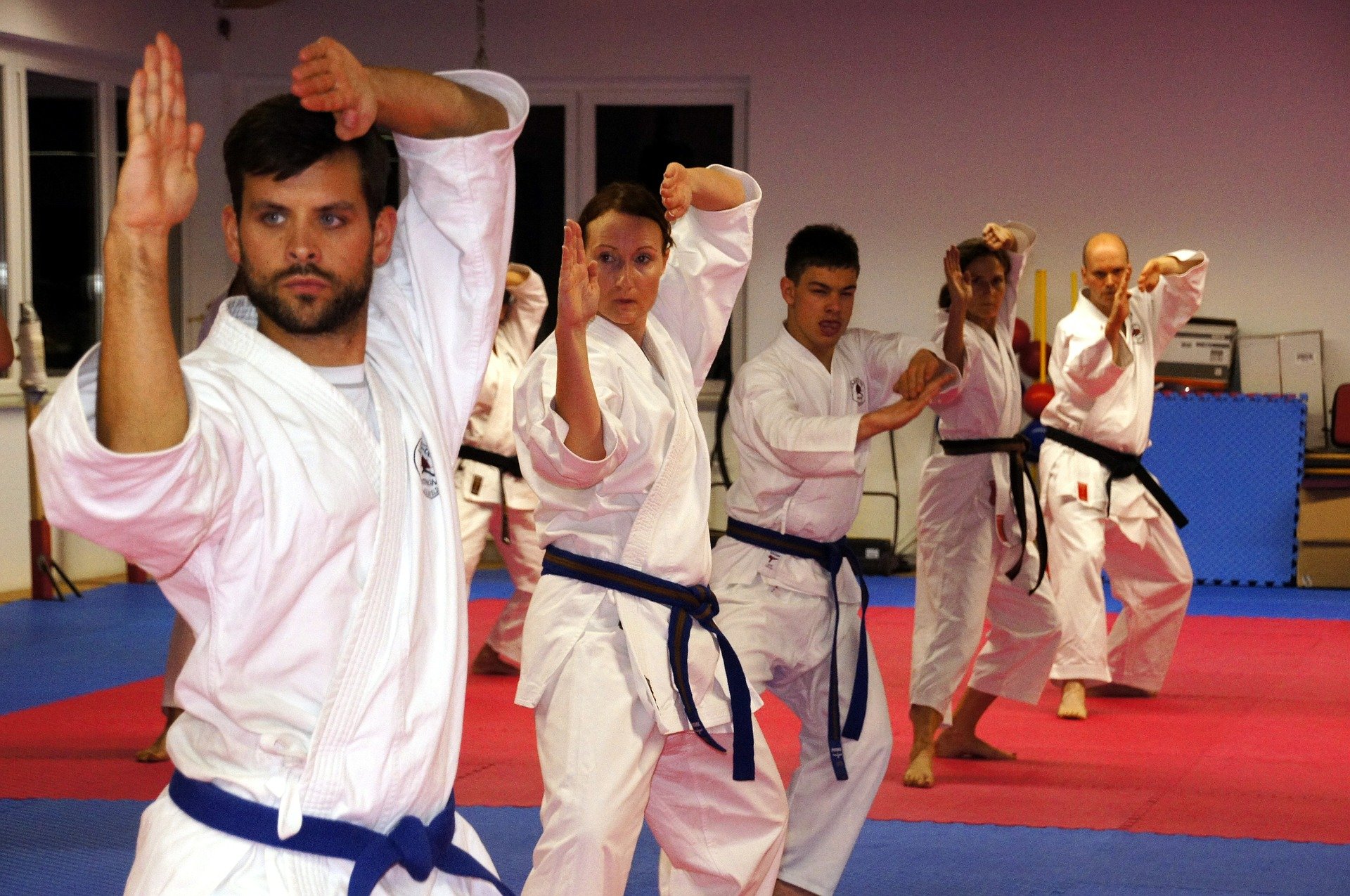
Is Doing Too Much Hot Yoga Bad for You? The Truth for Mornington Locals
Hot yoga studios are becoming increasingly popular throughout Mornington, Australia, with locals flocking to classes at places like Hot Yoga Mornington and Core24 Somerville. With its promise of enhanced flexibility, improved circulation, detoxification, and stress relief, hot yoga can seem like the perfect practice. But a pressing question often emerges among new enthusiasts and seasoned yogis alike: Is doing too much hot yoga bad for you?

With Jane Benson of Bikram Yoga Mornington, let’s explore this nuanced topic, with insights tailored to the lifestyle, climate, and wellness preferences of Mornington residents.
🔥 What is Hot Yoga, and Why Is It Popular in Mornington?
Hot yoga refers to a series of yoga poses performed in a heated room, often between 35°C to 40°C with high humidity. This includes styles like Bikram Yoga—a strict sequence of 26 poses—and more flexible formats such as Hot Vinyasa or Hot Power Yoga.
In Mornington, with its health-conscious culture and active community, hot yoga fits perfectly into the local lifestyle. Locals value physical activity, mental wellness, and body awareness—making studios across the Mornington Peninsula a go-to destination for those seeking both fitness and mindfulness.
✅ The Benefits of Hot Yoga: Why It’s So Addictive
Before addressing the potential risks of too much hot yoga, it’s important to recognize its scientifically supported benefits:
- Increased Flexibility: Warm muscles are more pliable, allowing deeper stretches with less risk of injury.
- Detoxification: Sweating helps flush out toxins through the skin.
- Cardiovascular Boost: The heat makes the heart work harder, providing a mild cardio workout.
- Weight Loss Aid: Elevated heart rate and sweat can contribute to calorie burn, especially when paired with a healthy diet.
- Mental Clarity and Stress Relief: Many practitioners report decreased anxiety and improved focus.
In Mornington, where a laid-back coastal lifestyle meets wellness-forward living, hot yoga has become a lifestyle staple. But like any wellness trend, balance is key.
⚠️ So, Is Doing Too Much Hot Yoga Bad for You?
The short answer: Yes, it can be. Like any form of physical activity, overdoing hot yoga can have unintended consequences—especially when not balanced with proper nutrition, hydration, and rest.
1. Dehydration and Electrolyte Imbalance
Hot yoga induces excessive sweating, which can lead to dehydration if fluids aren’t adequately replaced. Even worse, electrolyte imbalances—particularly loss of sodium, potassium, and magnesium—can cause dizziness, muscle cramps, and even heart palpitations.
🧂 Tip for Mornington Locals: Always rehydrate with electrolyte-rich water, especially after classes at studios like Bikram Yoga Mornington or Hot Hut Yoga.
2. Overstretching and Injury Risk
The heated environment increases flexibility, which feels amazing—until it doesn’t. Over time, you may overextend your joints or ligaments without realizing it, leading to sprains, strains, or even chronic instability in joints.
A study published in the Journal of Bodywork and Movement Therapies noted that heated classes can dull proprioception—your body’s ability to gauge its position—making injuries more likely if you’re not cautious.
3. Burnout and Adrenal Fatigue
Too many intense sessions—especially without rest days—can stress the adrenal glands, leading to fatigue, poor sleep, mood swings, and compromised immunity. Mornington’s wellness scene often celebrates high-frequency workouts, but more isn’t always better.
4. Cognitive Fog and Headaches
Prolonged exposure to high heat can reduce oxygen saturation, causing headaches, dizziness, or cognitive fog, especially for beginners not yet acclimated to the heat.
5. Reduced Muscle Recovery
Intense classes with limited rest periods can delay muscle recovery, making you more prone to microtears and prolonged soreness. Active recovery days or switching to non-heated flows can support better results.
🧘♀️ How Much Hot Yoga Is Too Much?
There’s no universal threshold, but many yoga experts recommend no more than 3-4 hot yoga sessions per week. This provides the benefits of the practice while allowing your body the time it needs to rest, recover, and rebuild.
Considerations for Mornington Residents:
- The local humid climate may amplify the heat stress felt in class.
- If you’re engaging in other forms of exercise like coastal jogging along Schnapper Point or surfing at Mills Beach, your cumulative physical load may already be high.
- Balance your hot yoga with restorative or Yin yoga, which is widely offered at studios throughout the Mornington Peninsula wellness circuit.
🩺 Red Flags: Signs You’re Overdoing Hot Yoga
If you’re doing too much hot yoga, your body will likely give you signals. Watch for these signs:
- Persistent fatigue or insomnia
- Frequent headaches or light-headedness
- Increased irritability or mood swings
- Unexplained weight loss or gain
- Digestive issues or decreased immunity
- Soreness that lasts longer than 48 hours
Ignoring these signs can lead to long-term issues that hinder—not help—your health goals.
🌿 How to Safely Practice Hot Yoga in Mornington
To ensure you reap the rewards without the risks:
- Hydrate Before and After: Start drinking water at least 2 hours before class. Consider coconut water or electrolyte solutions for enhanced recovery.
- Fuel Smartly: Eat a light, nutrient-rich meal 1–2 hours before your class. Include sodium and potassium-rich foods like bananas or leafy greens.
- Listen to Your Body: Ditch the “no pain, no gain” mindset. Modify or skip poses if needed—especially if you’re feeling dizzy or lightheaded.
- Cool Down Naturally: After class, avoid cold showers right away. Allow your body to gradually regulate its core temperature to prevent shock to your system.
- Rest and Rotate: Balance hot yoga with non-heated classes, strength training, and active rest days.
Local practitioners in Mornington, like those at Soul Movement Yoga or The Yoga Room, often guide their students to cultivate intuitive self-care practices—something more crucial than ever in today’s “grind culture.”
🔄 Conclusion: Balance is the Ultimate Practice
So—is doing too much hot yoga bad for you? The answer is yes, but only when it’s done excessively, obsessively, or without attention to hydration, recovery, and bodily cues.
Mornington locals are fortunate to have access to a vibrant wellness scene, skilled instructors, and supportive communities. The key is to listen to your body, rotate your practice, and treat hot yoga as a tool—not a test.
Remember: Yoga is meant to bring you into harmony, not burn you out. 🔥🧘♂️


